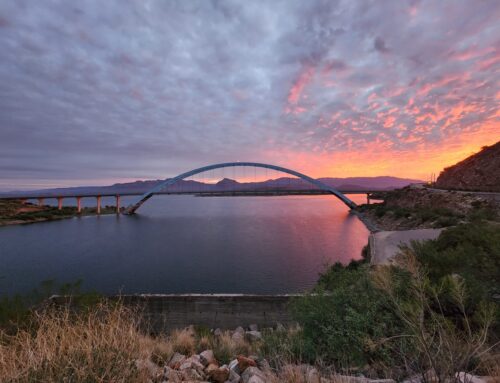
Helicopter Supported Exploration Drilling
The Central Pool Augmentation (CPA) Project included construction of a new water treatment plant in Riverside County, California to provide for growth in Riverside, southern Orange and northern San Diego Counties. Water would be transported through pipelines to two locations in Orange County. One proposed option was the construction of a pipeline that included 10-12 miles of tunnel under the mountains of the Cleveland National Forest.
Team Members
Metropolitan Water District of Southern California
Kleinfelder
Crux Subsurface
Mountain Air Helicopters
Crux’s Role
The geotechnical study consisted of drilling two deep core holes to supplement existing geotechnical information regarding rock mass and groundwater conditions along the proposed tunnel alignment. Kleinfelder and Crux worked with the MWD and the United States Forest Service (USFS) to develop a drilling program that provided security from fire, vandalism and site disturbance, while minimizing impact to the general public.
Crux drilled core holes using an HQ3 triple tube coring system to depths of 2,500 feet and 2,184 feet. The depth of the borings and nature of the subsurface conditions required Crux to develop a Best Management Practices (BMPs) for drilling and maintaining borehole conditions. These practices included using a fluid retention system in the core barrel, designing a specialized mud program, and grouting highly fractured zones as they were encountered to facilitate the advancement of the core holes and maximize core recovery.
Crux completed hydraulic conductivity tests at selected intervals in each boring using a fluid set straddle packer wireline system; at the time, it was the only one in the United States. The fluid set packers allowed for testing at borehole depth, and minimized downtime associated with running gas-filled packers. Kleinfelder completed geophysics in the borings following the completion of drilling, and Crux installed multi-level vibrating wire transducers in each boring.
Kleinfelder and Crux successfully completed these core holes and provided a team capable of complying with MWD and USFS requirements on this challenging project.







